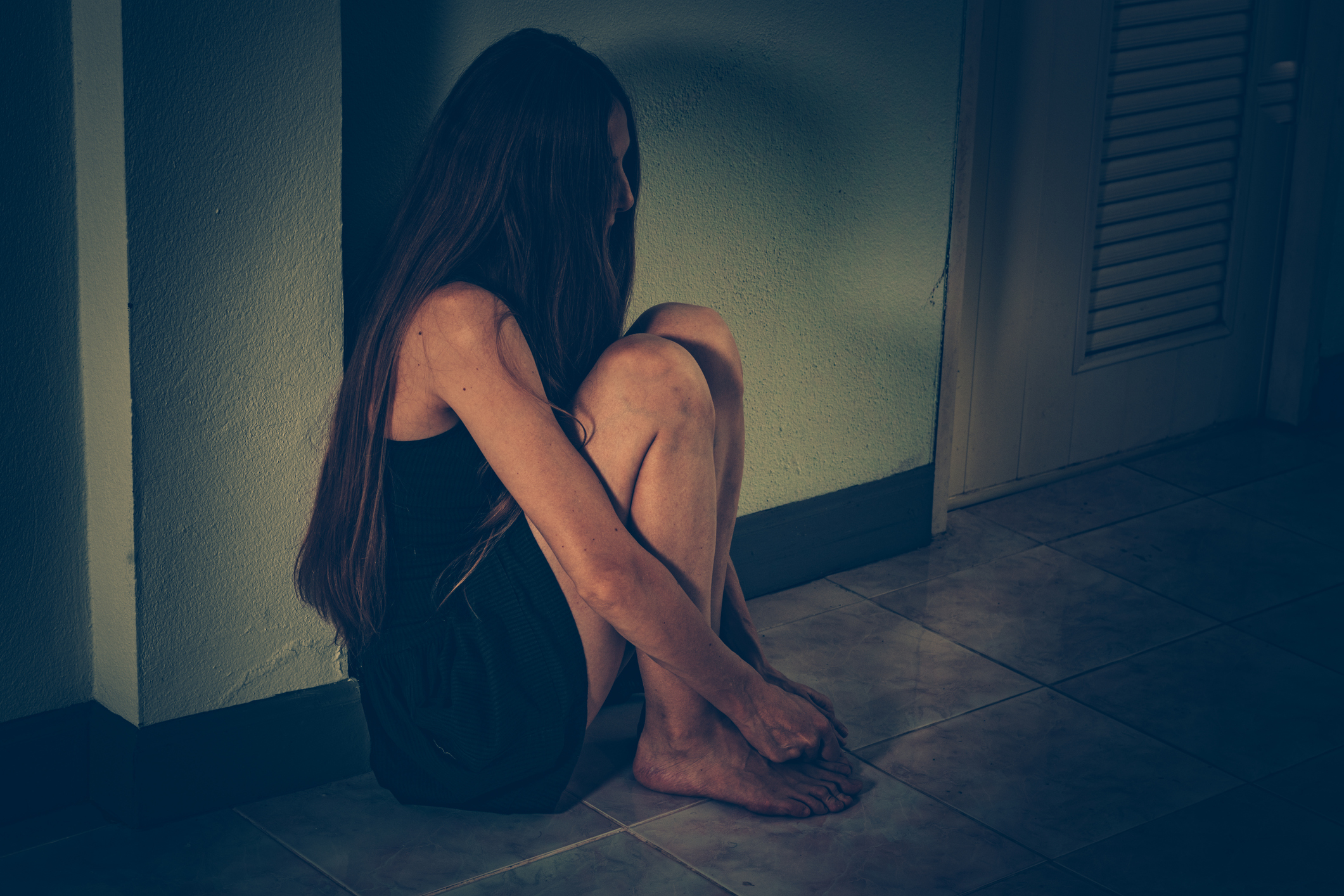Detecting and protecting victims of trafficking in hotspots

Trafficking in human beings occurs in every country in the world, and has strong gender dimensions. In Europe, sexual exploitation is the most widespread form of trafficking, followed by forced labour.
Women and girls comprise the majority of all victims of trafficking. At EU level, most victims of trafficking are detected in their countries of citizenship. However, trafficking can also have strong cross-border dimensions.
Currently nine hotspots are located on the EU’s external borders under this approach, for the initial reception, identification and registration of asylumseekers and other migrants: five are located in Greece and four in Italy. In the context of the ongoing migration crisis, it is more than likely that among the migrants and refugees seeking international protection after reaching EU shores by sea (a large number of whom come from conflict zones), many have been victims of trafficking already in their countries of origin.
Furthermore, during their journeys to Europe, asylum-seekers and migrants are exposed to additional risks of exploitation. While in theory this stage in a migrant or refugee’s arrival in Europe provides the first opportunity to detect victims of trafficking and ensure an adequate follow-up procedure, the task of detecting victims of trafficking is fraught with many practical difficulties. Furthermore, the risks of trafficking do not disappear when migrants and refugees reach EU soil. While waiting in hotspots for their papers to be processed, they are still at risk of falling victim to exploitative individuals and/or networks.
Most of the hotspots are not designed in a protection-sensitive manner and all people staying in hotspot facilities, but especially women and children, can end up in dangerous situations. The study therefore looks at the extent to which measures are taken to prevent exploitation and violence. At EU level, trafficking in human beings is recognised as a violation of fundamental rights and is explicitly prohibited by the EU Charter of Fundamental Rights. Many efforts have been made to step up the fight against trafficking, and since 2009 these efforts have been coordinated by an EU antitrafficking coordinator. In the specific context of hotspots, Member States have full responsibility for setting up and managing reception and registration infrastructure.
When it comes to the detection of victims of trafficking, they nonetheless have to comply with a number of EU requirements, as set out in the Anti-Trafficking Directive, the Reception Conditions Directive and the Qualification Directive. In practice, a considerable number of actors are involved in the procedures for identifying vulnerabilities. These include national authorities, non-governmental organisations (NGOs), EU agencies and international organisations.
As the hotspot is usually the first place where migrants have a chance to have their vulnerability recognised, the roles of the actors involved in the process of vulnerability screening is key. The identification and referral of vulnerable people is thus a shared responsibility of all actors operating in the hotspots.
